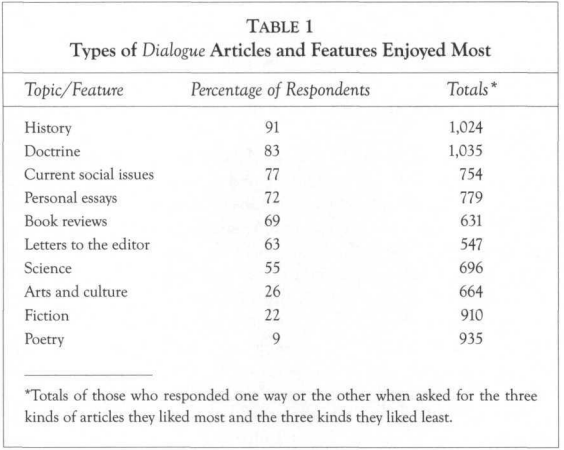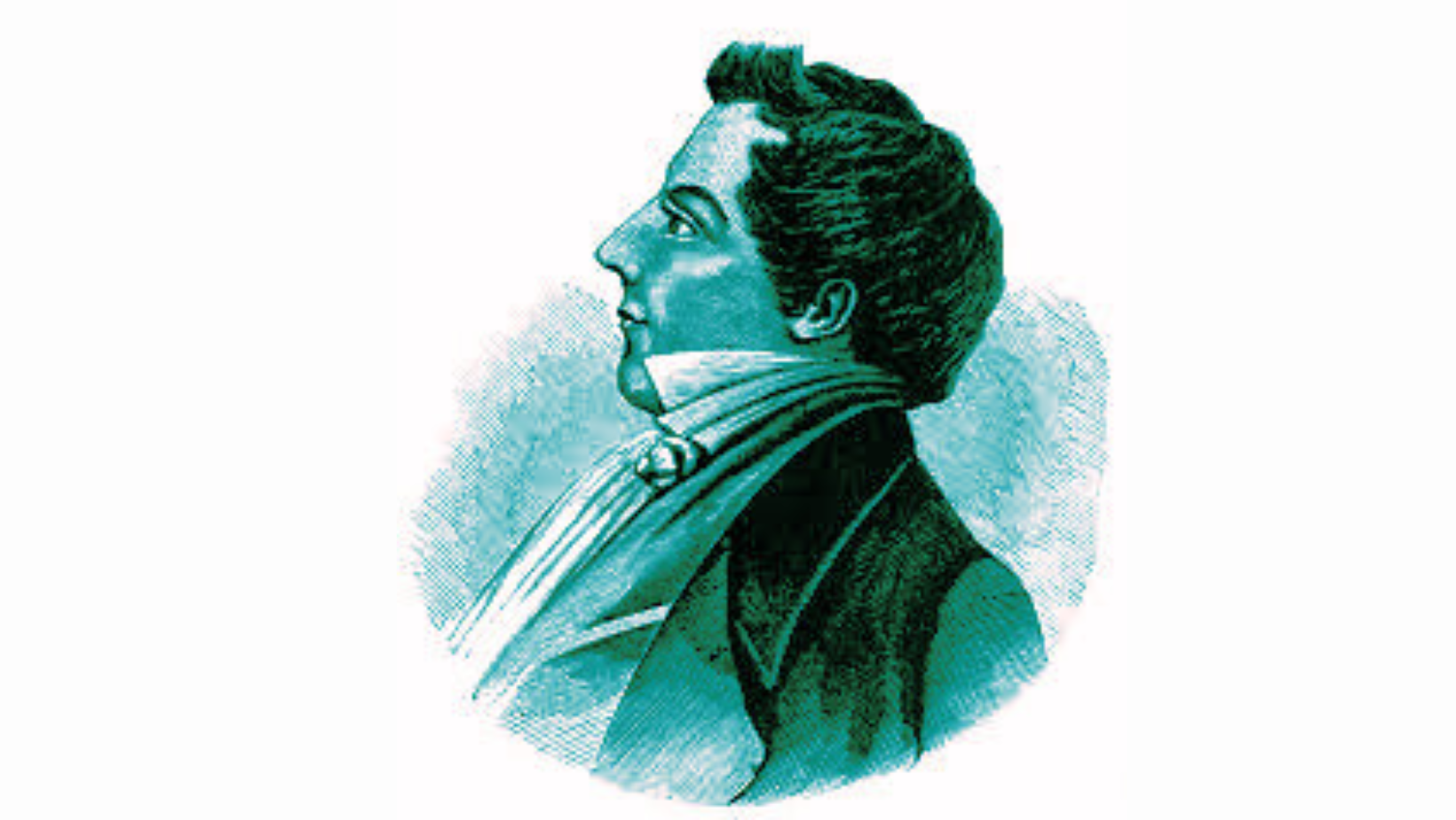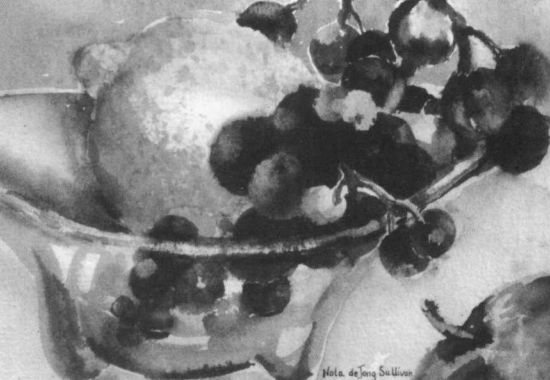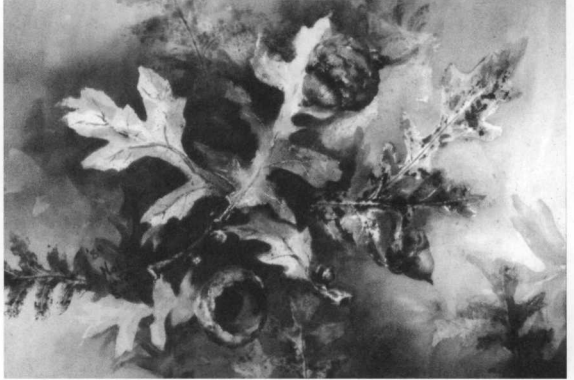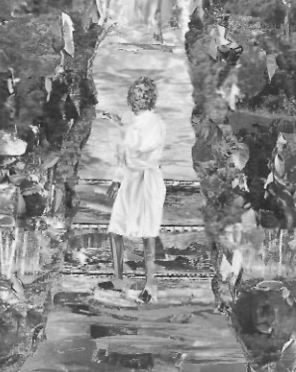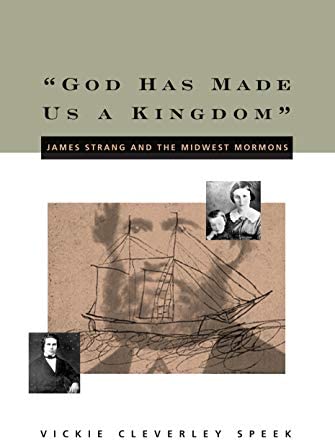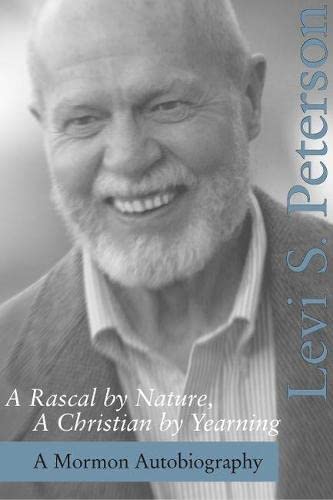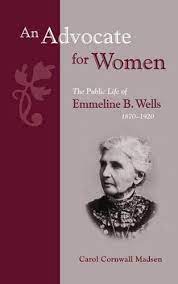How Missionaries Entered East Germany: The 1988 Monson-Honecker Meeting
March 21, 2018On Thursday, March 30, 1989, eight missionaries and their new mission president, Wolfgang Paul, were driven from Hamburg, West Germany, to the German Democratic Republic (GDR). They expected a delay of several hours at the border but were amazed when the guards waved them through without the usual search of the cars. President Paul said, “After we crossed the border our joy was beyond description. President Schütze could hardly contain himself. He honked the horn, blinked the headlights, shouted and cried for joy because after fifty years missionaries were again in his country.”



